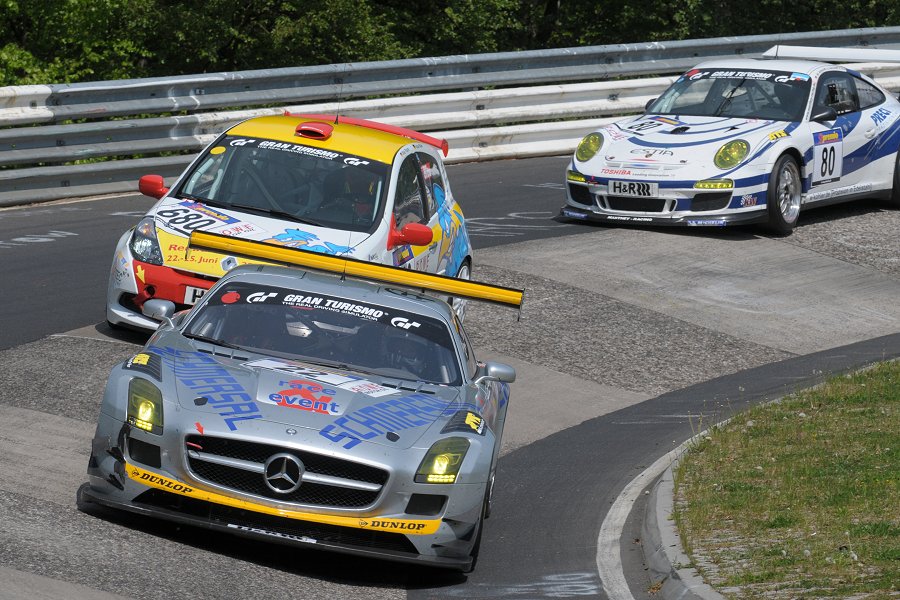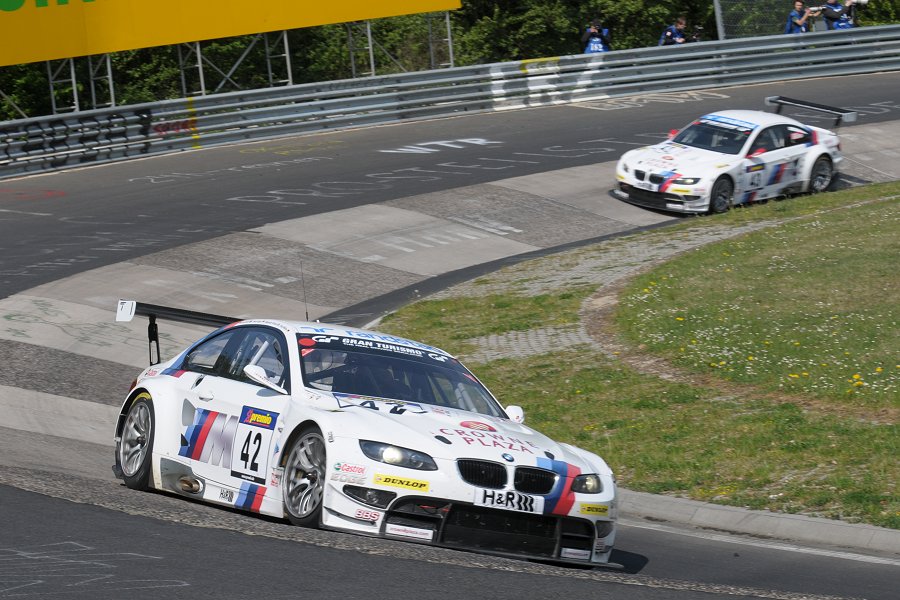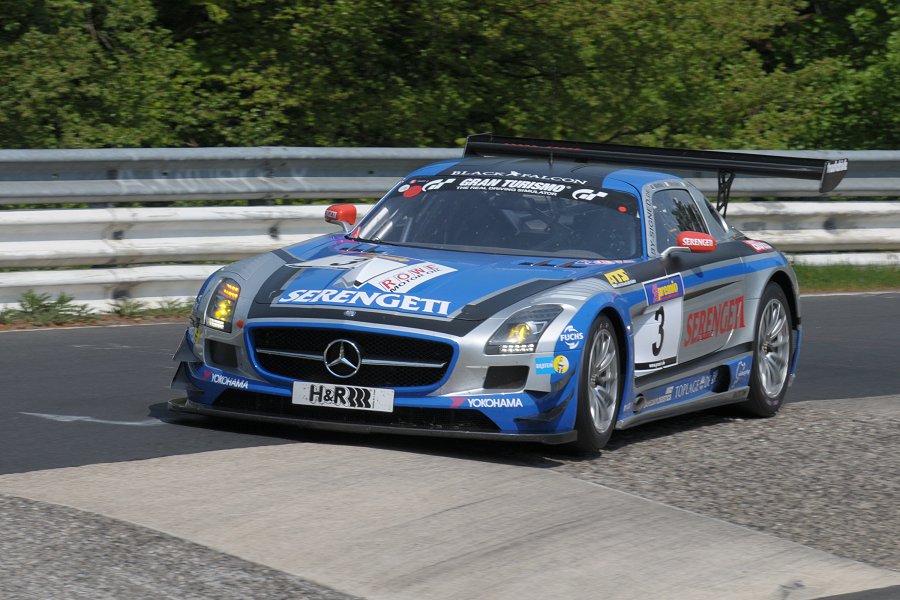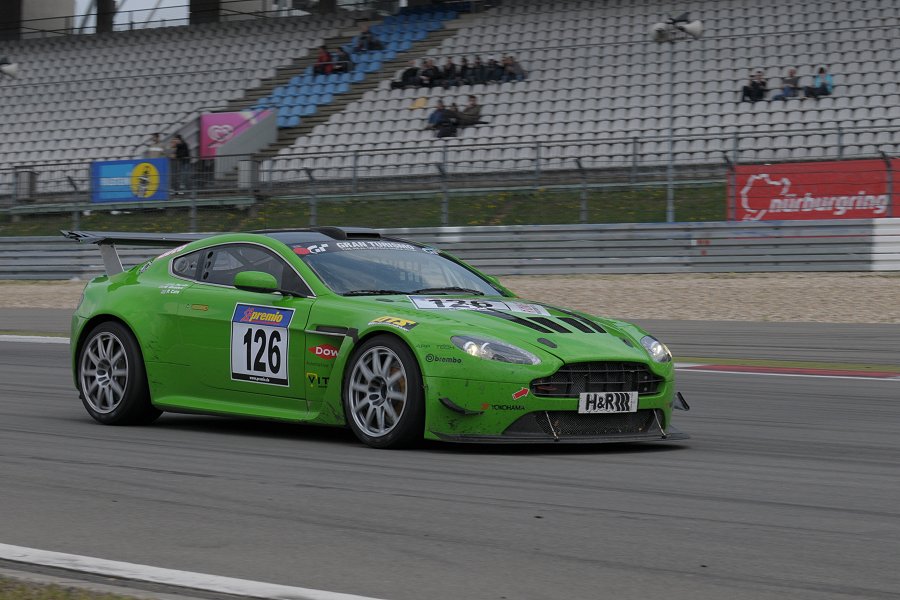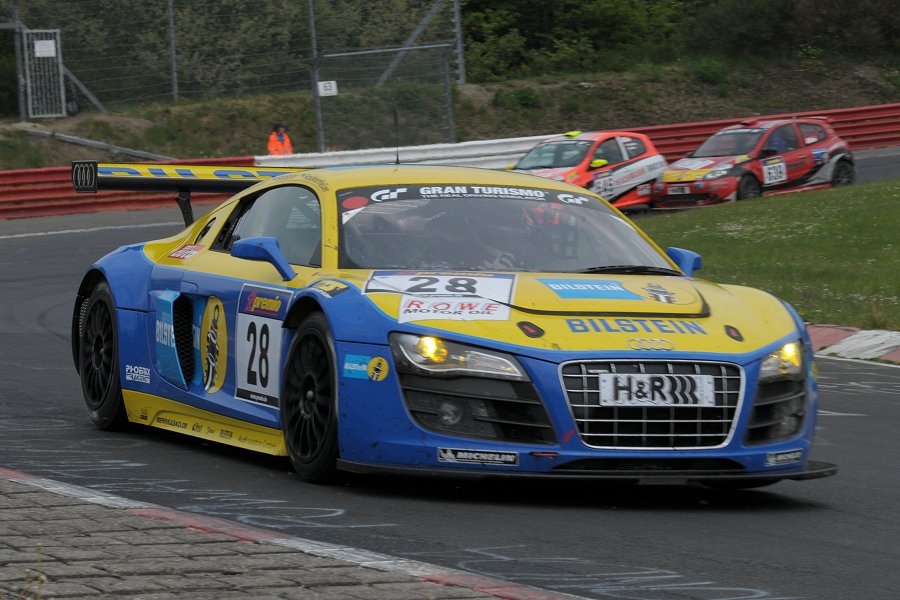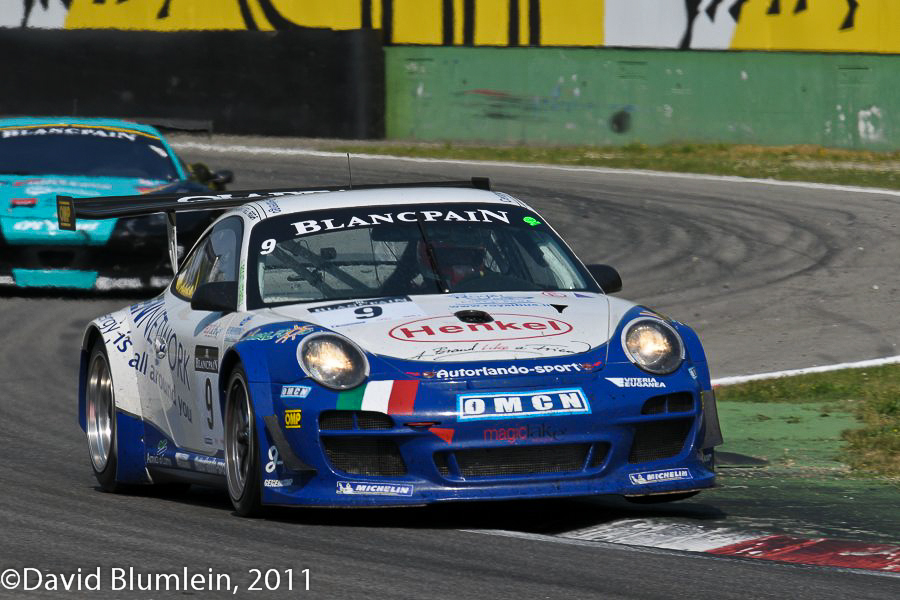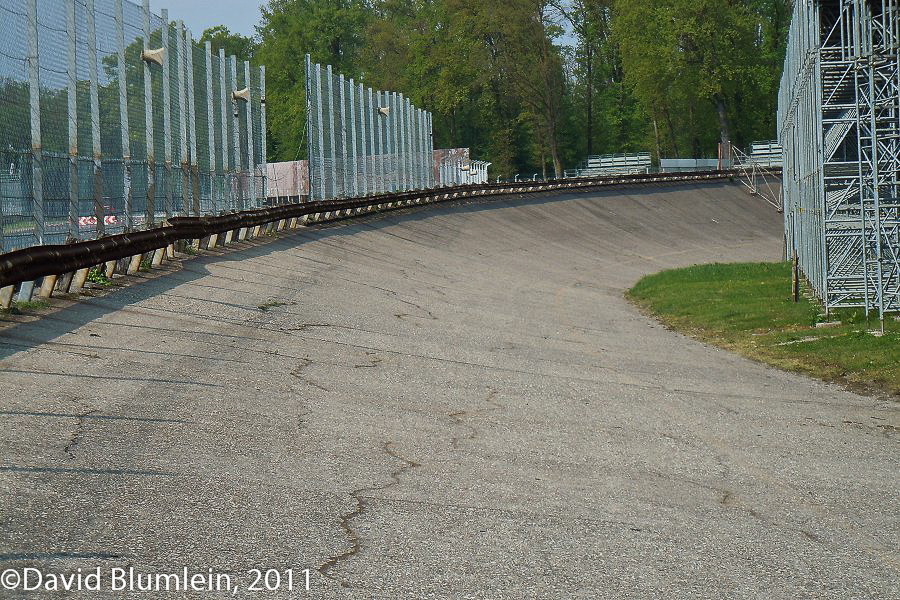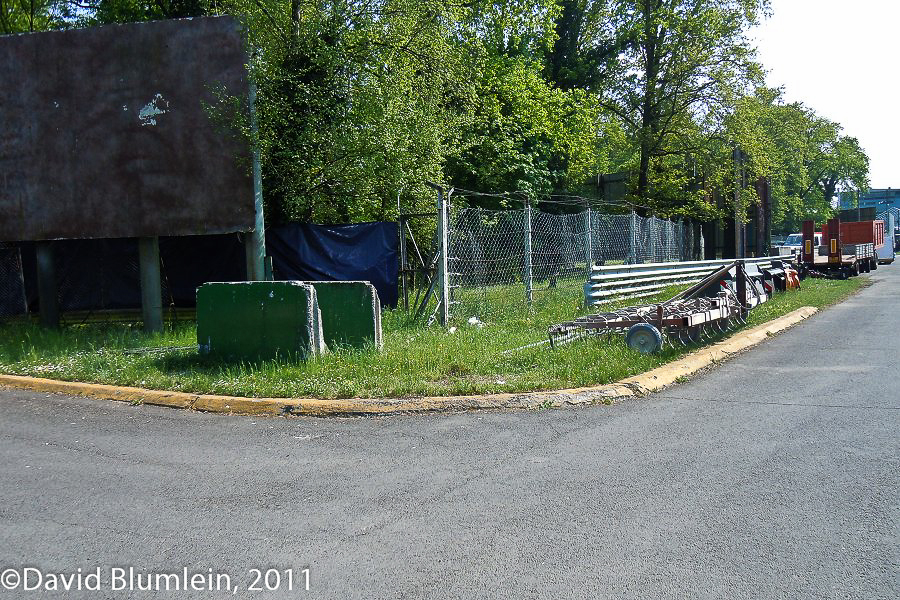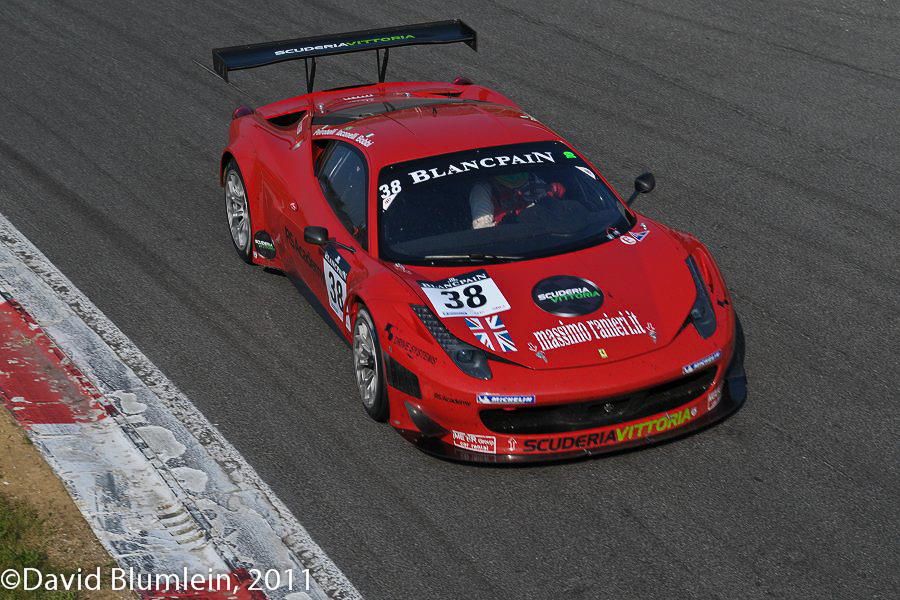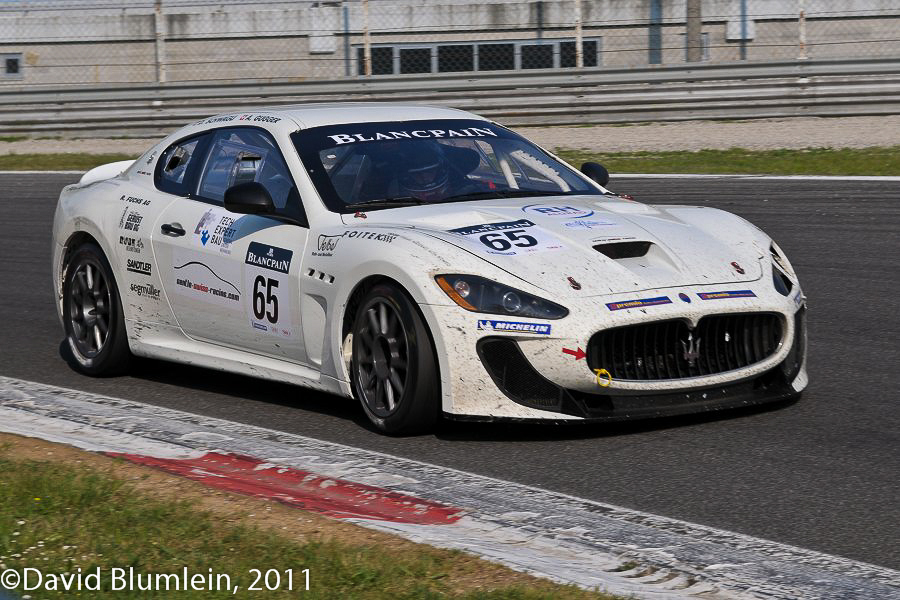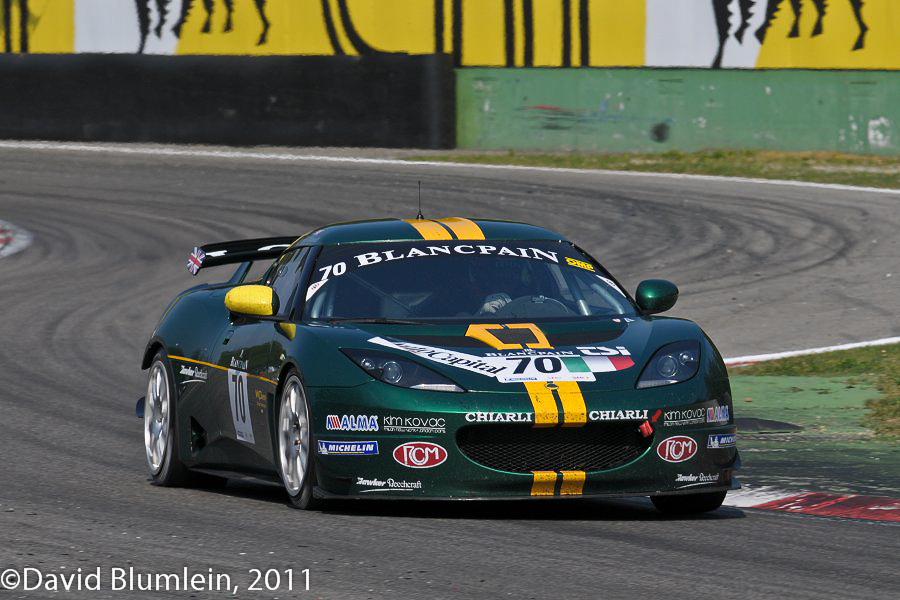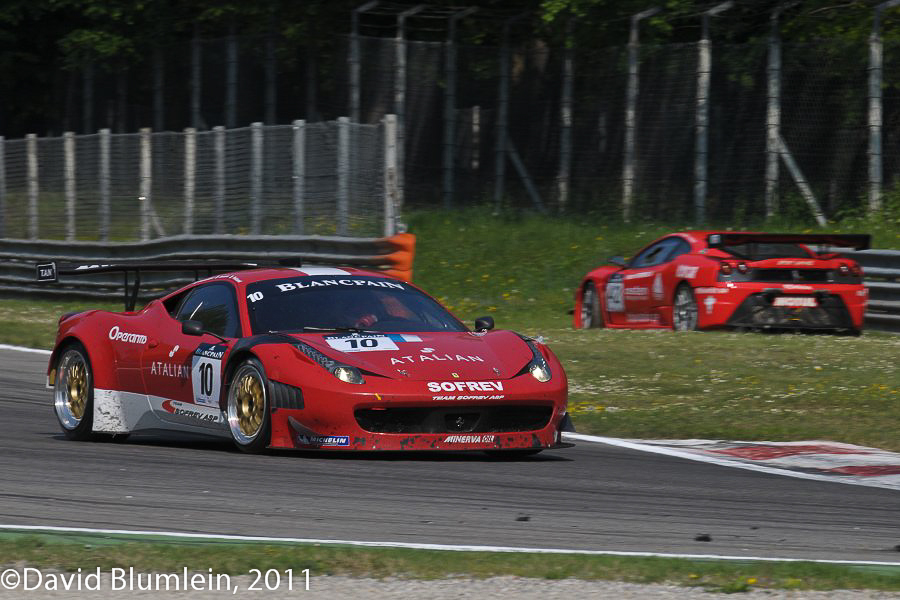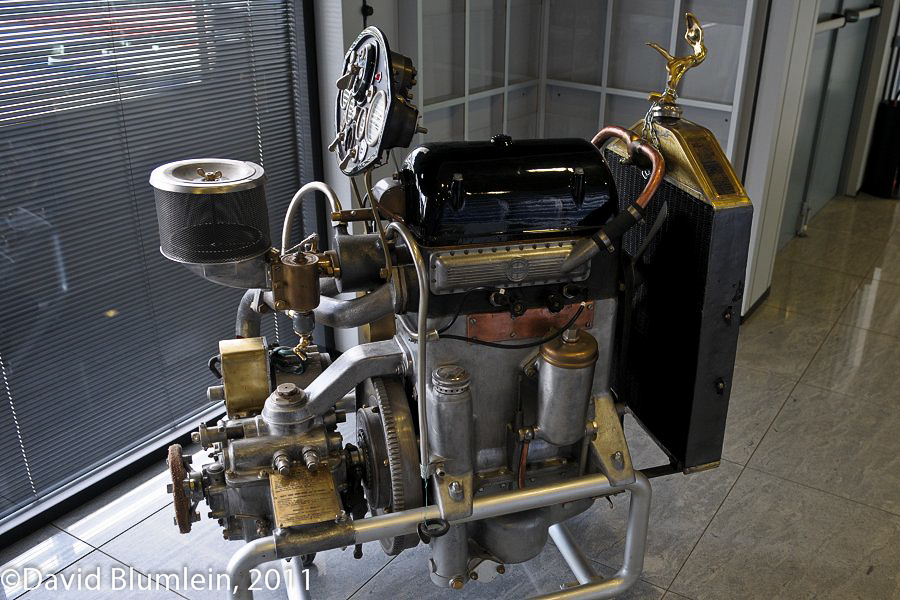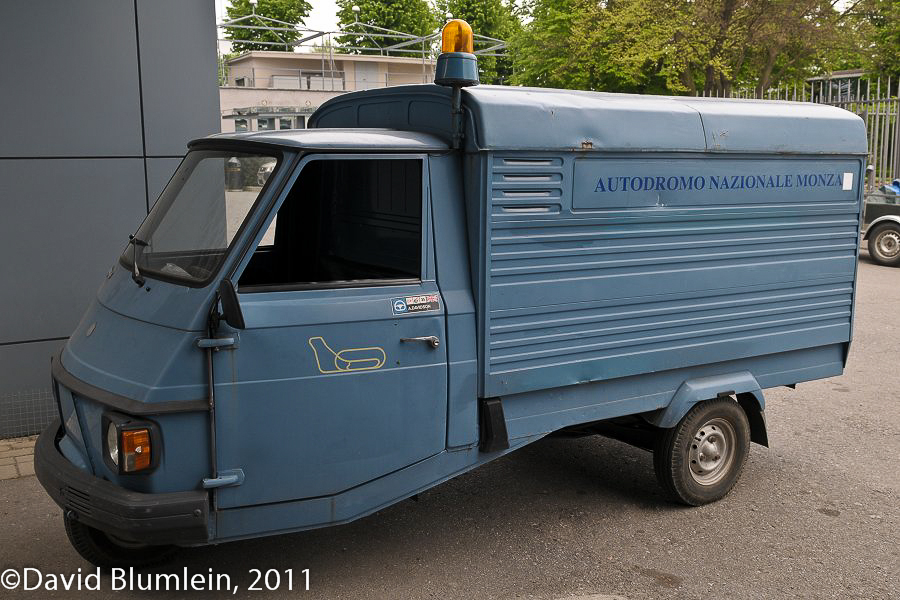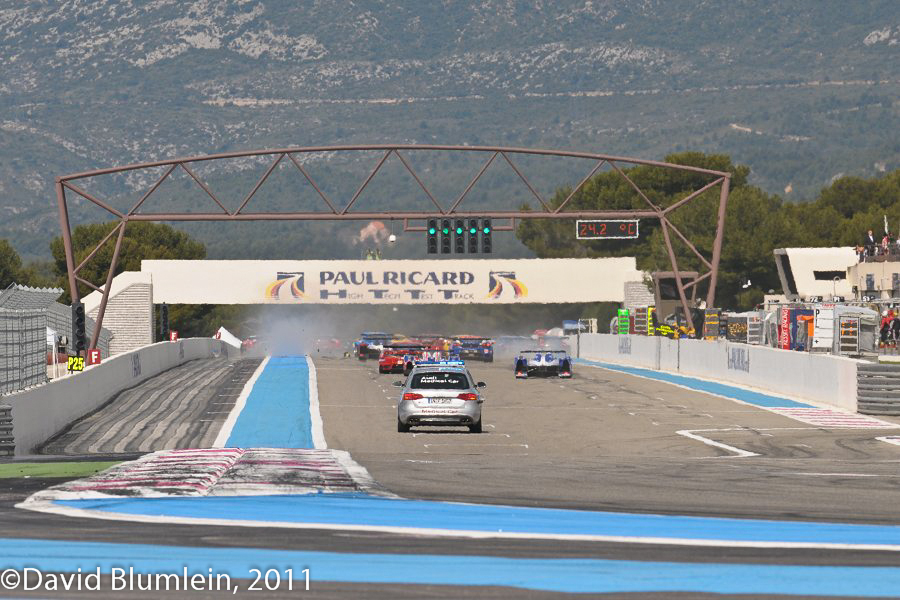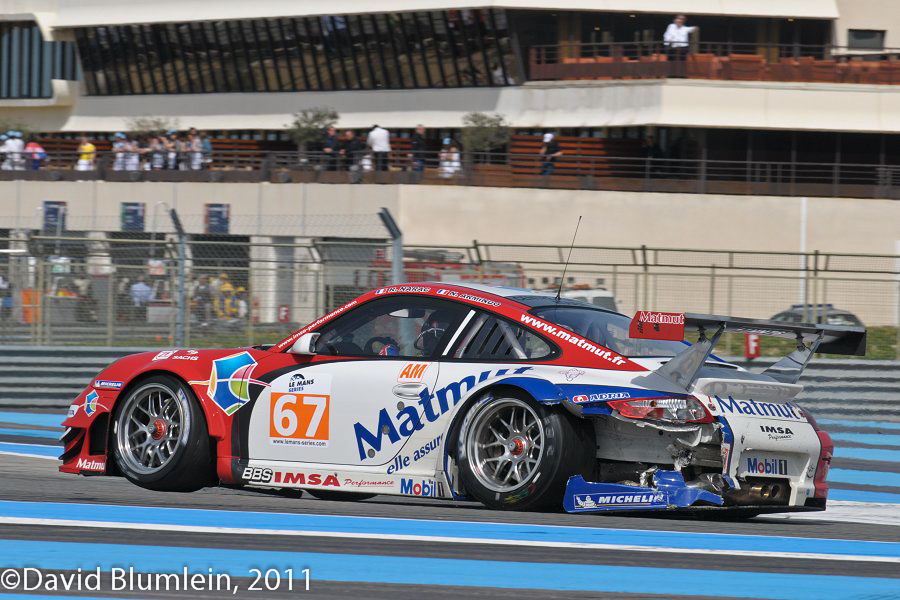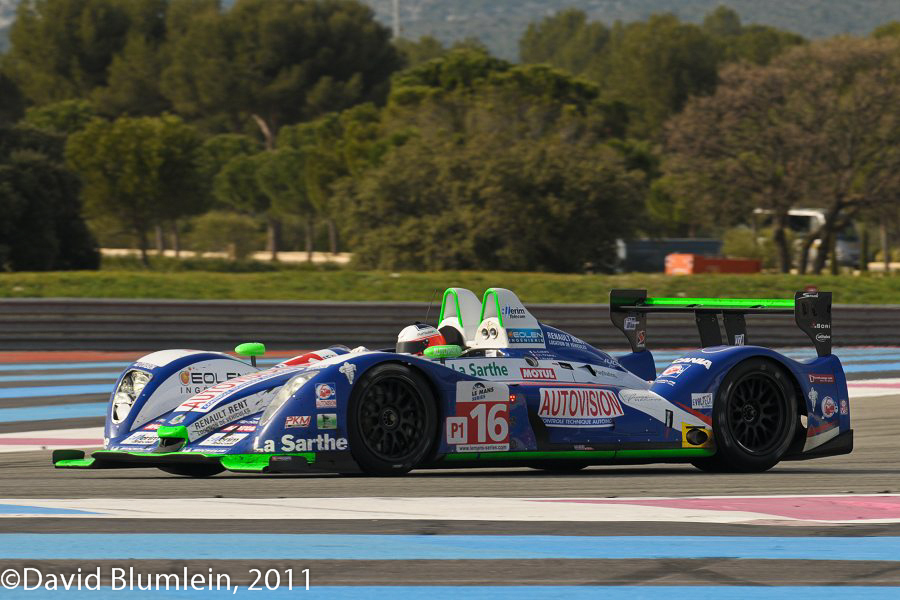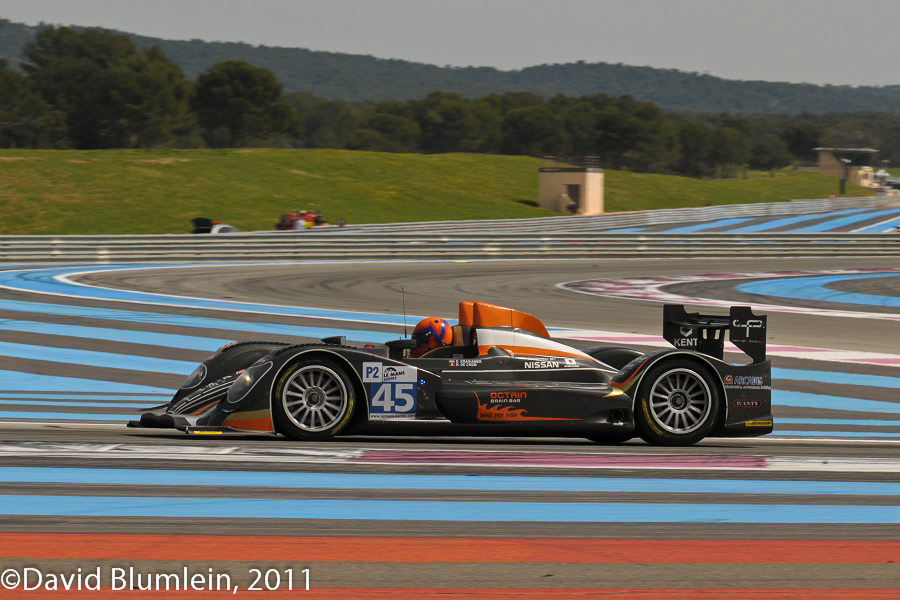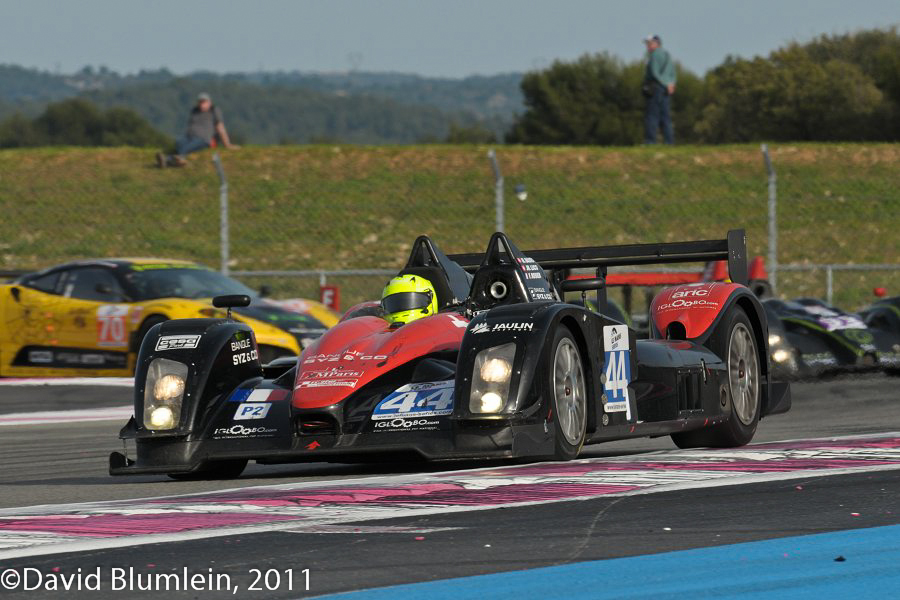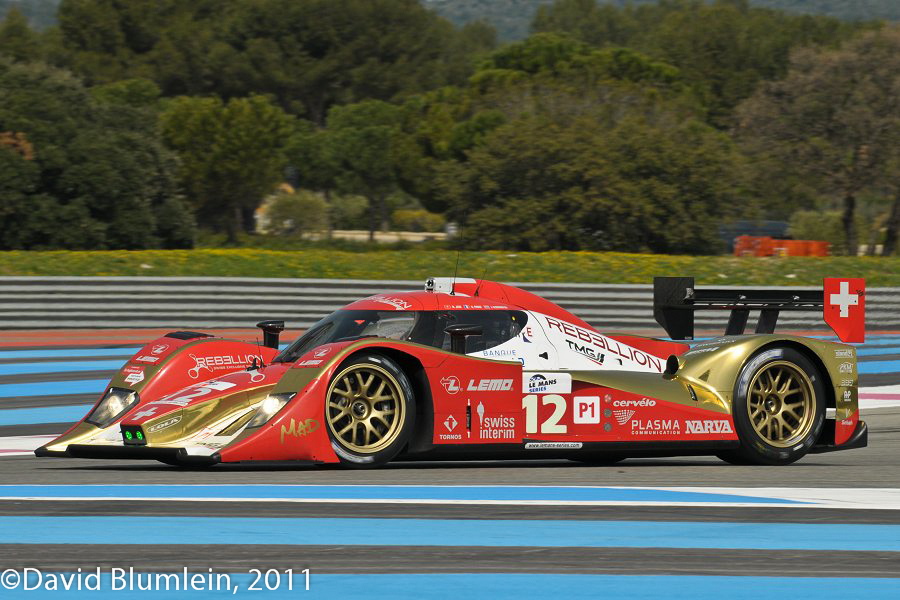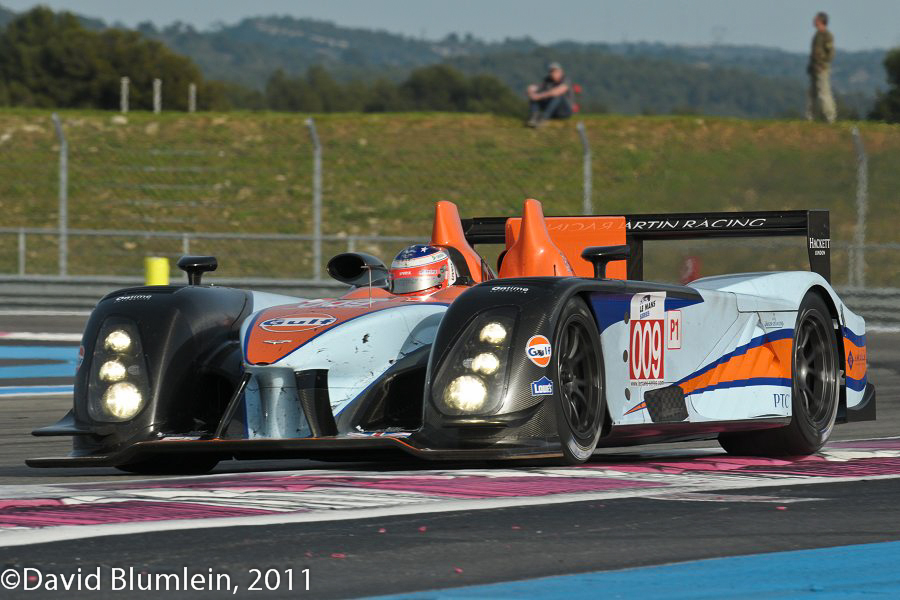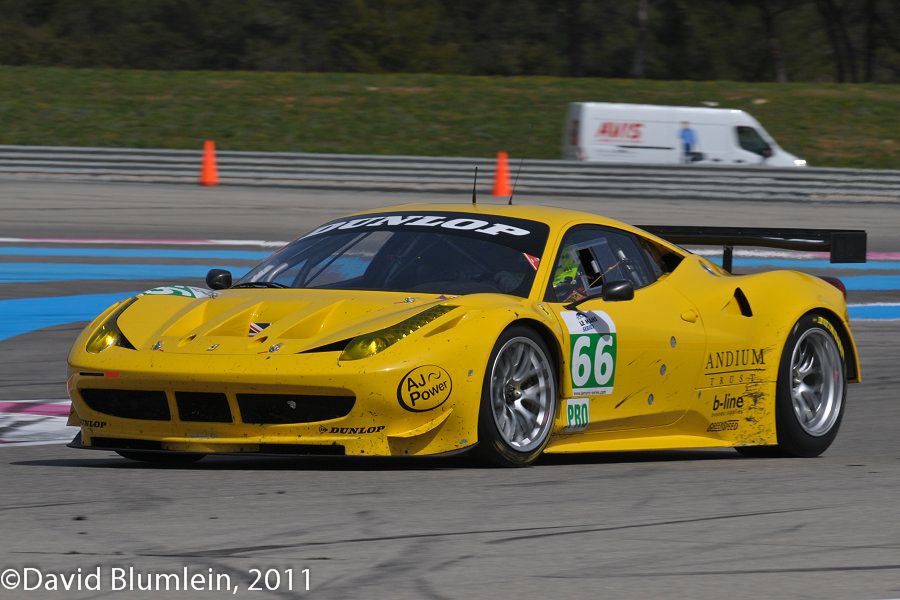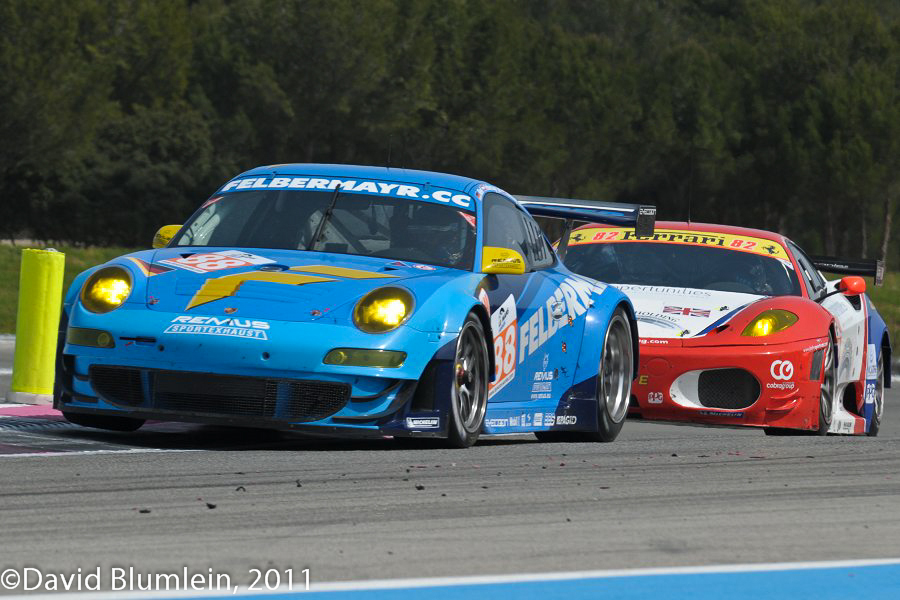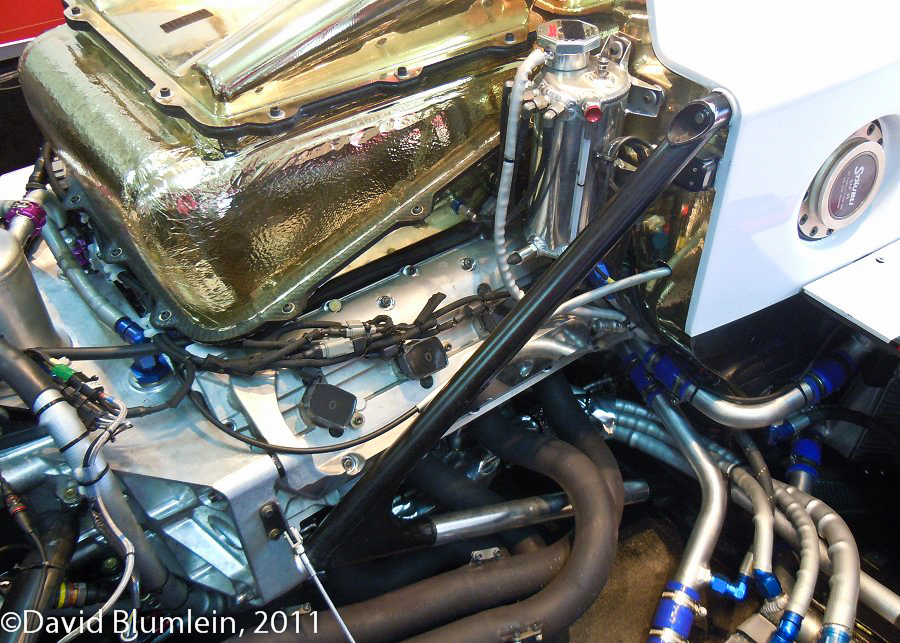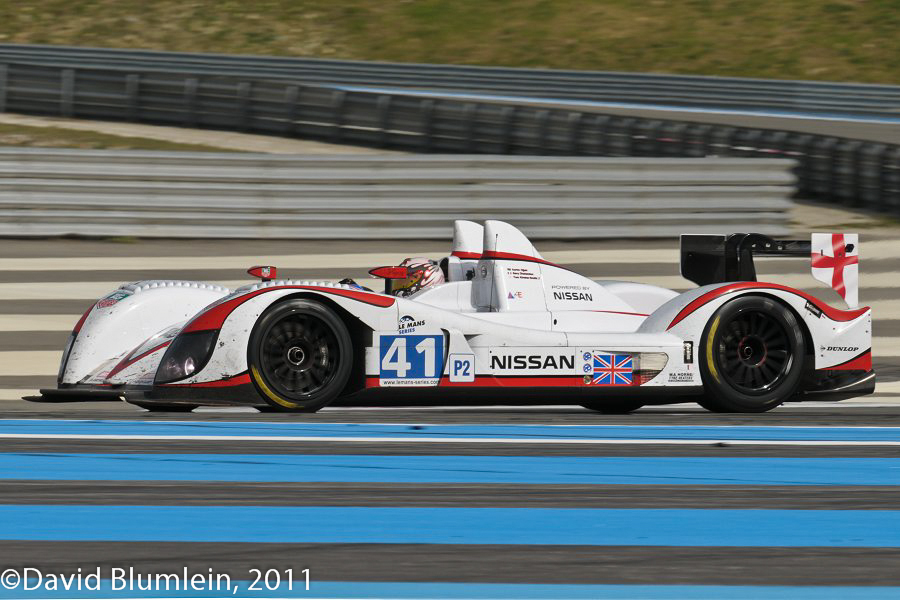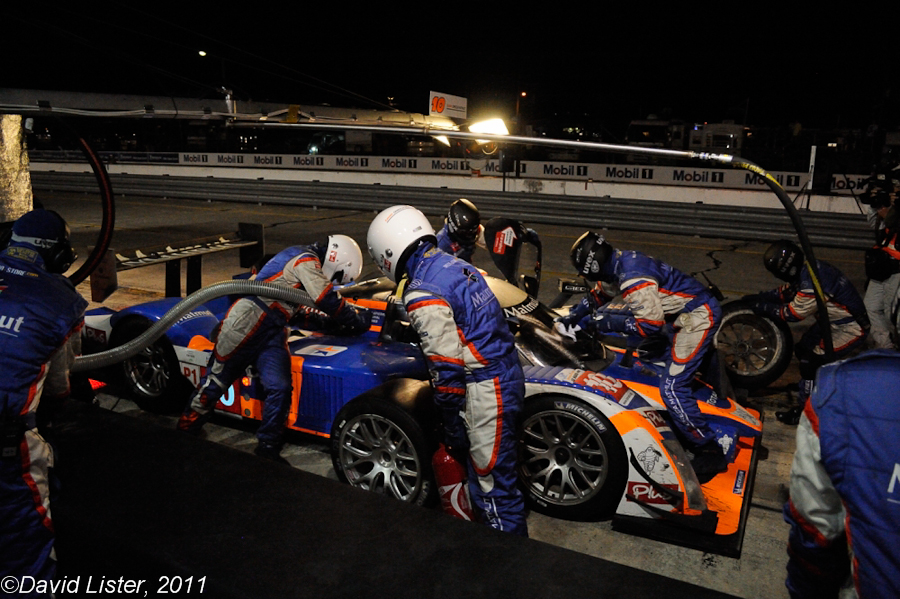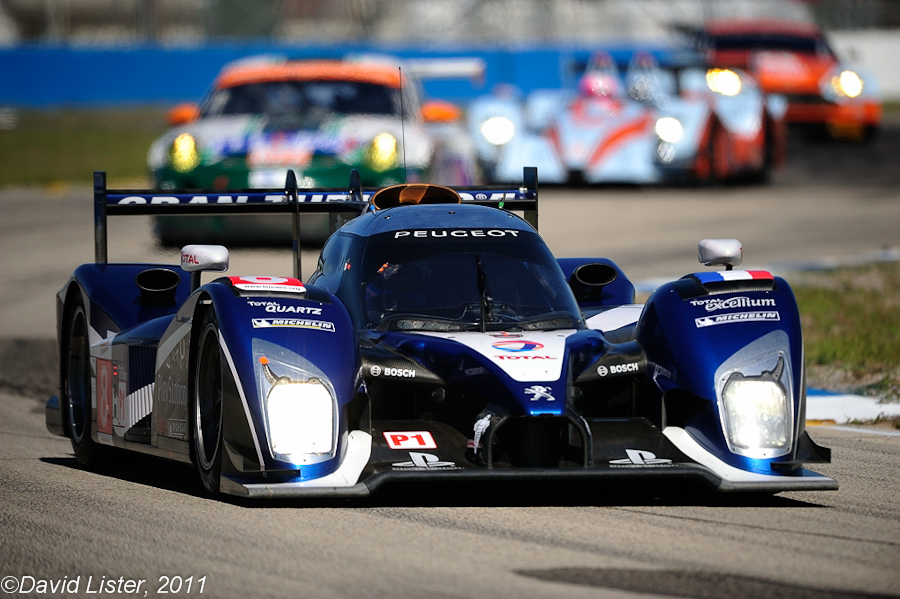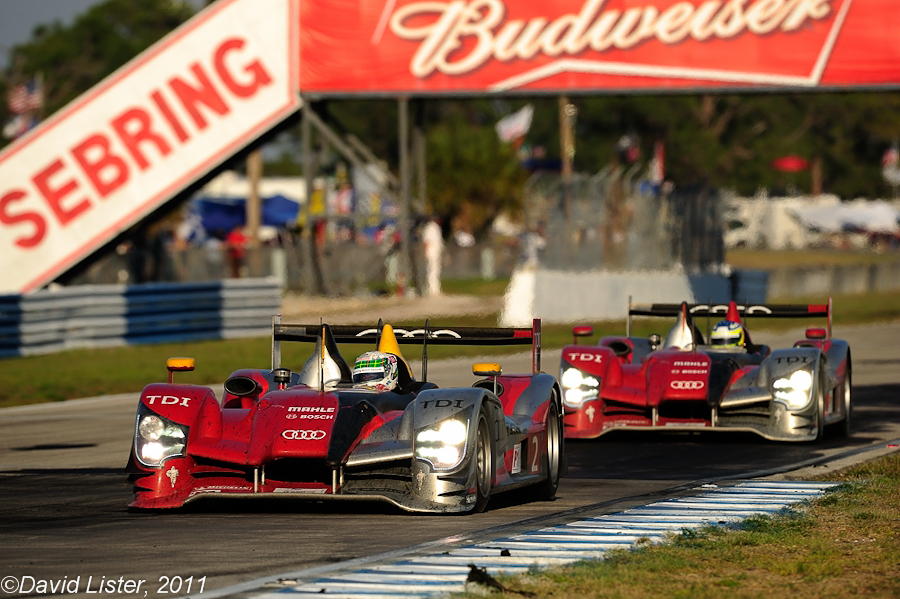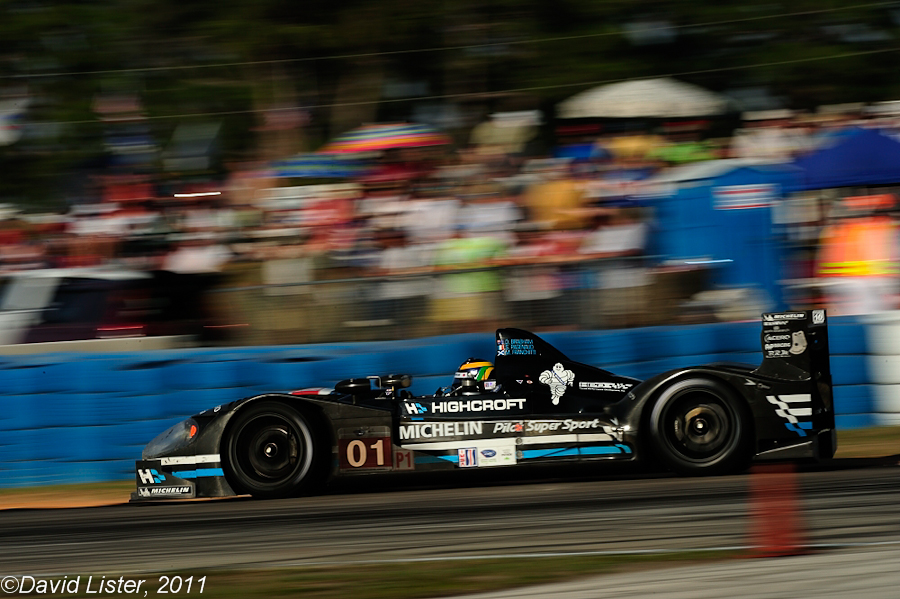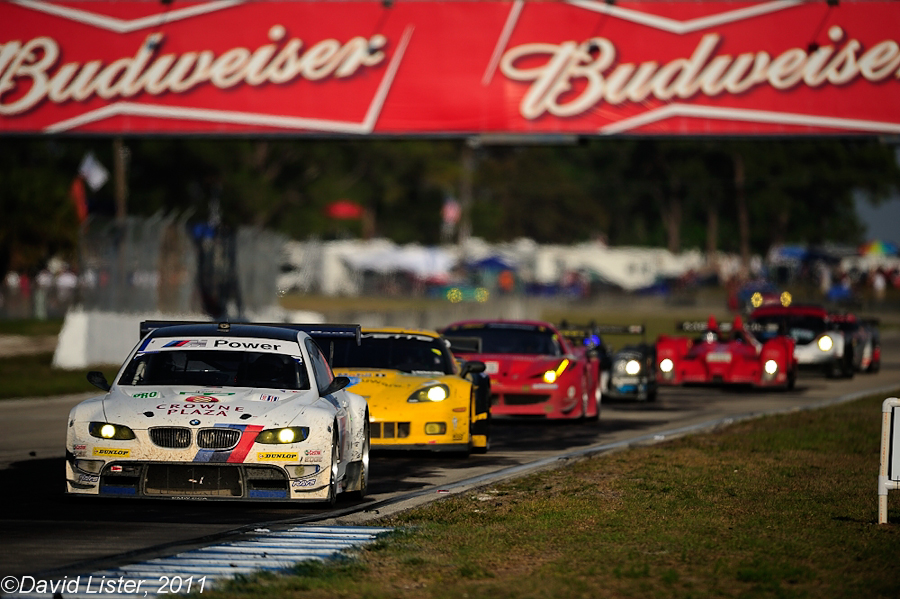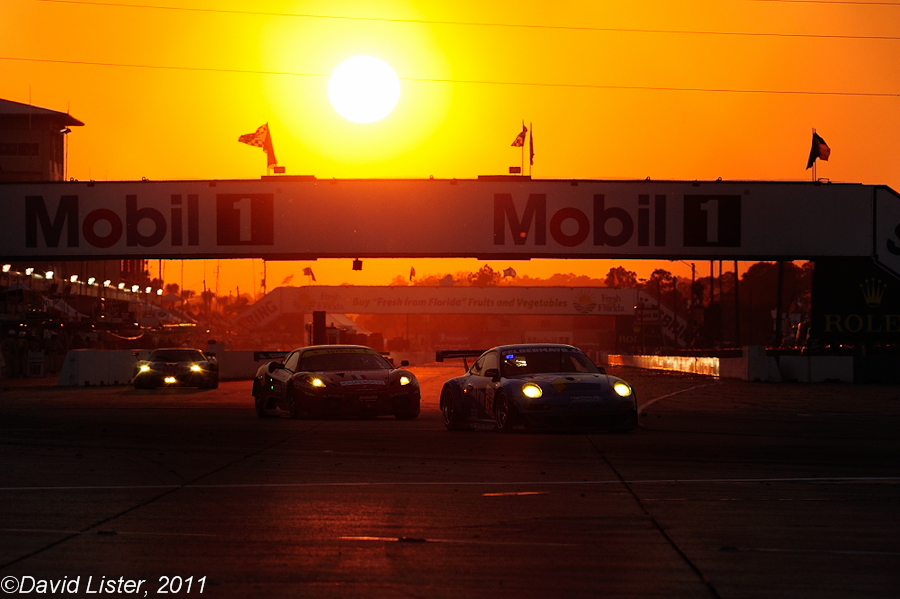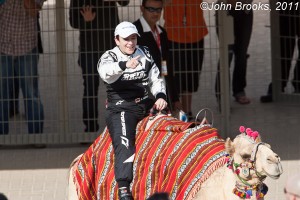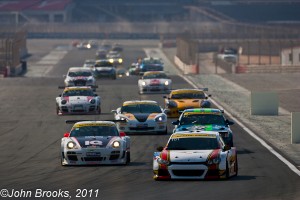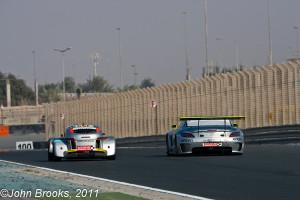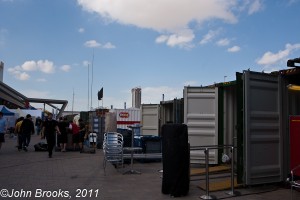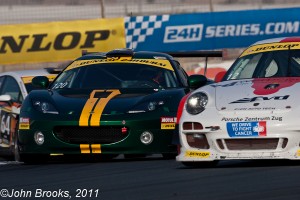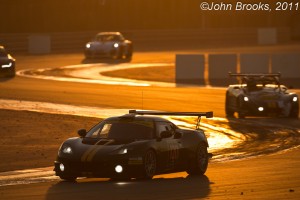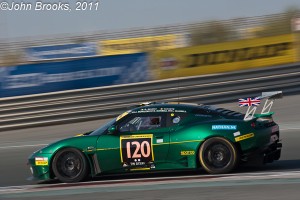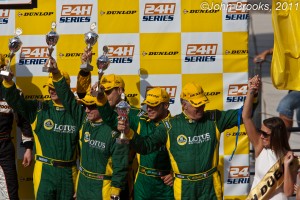36th DMV 4 Hour Race.
There is something very special about being at the Nürburgring when the winner of the race is a Mercédès-Benz.
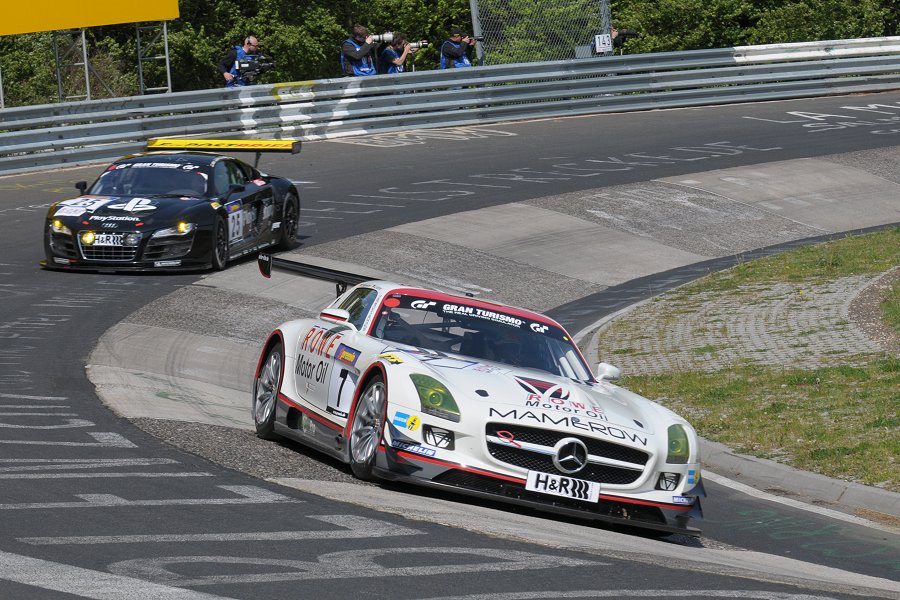
One recalls the company’s first post-war win on the Nordschleife in 1952, when a team of four 300SL models (uniquely in open form just this once) dominated the sports car race which accompanied the German Grand Prix that year. These cars had a close affinity to the current SLS AMG GT3 cars, as Engineer Rudi Uhlenhaut had been given permission by the Daimler-Benz board to create a sports car provided that it made as much use as possible of parts from the production 300 Saloon. The resultant car did admittedly have a space frame but it evolved a year or so later into the famous production gullwing 300SL Coupe which was as much a GT as anything at the time.
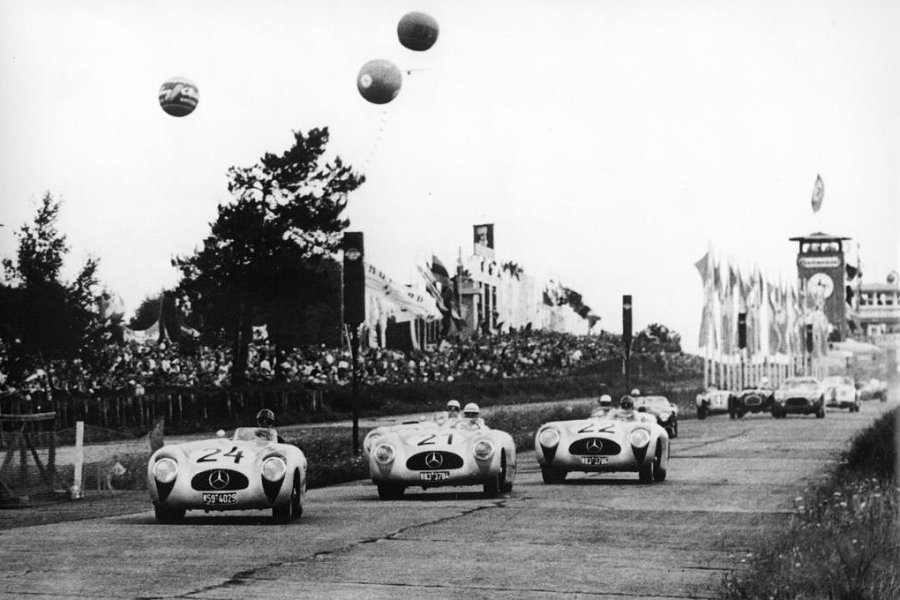
( Image courtesy of Daimler-Benz AG )
The occasion for this latest three-pointed star success was the second round of this year’s Veranstaltergemeinschaft Langstreckenmeisterschaft Nürburgring or VLN for short!
It is a series of races round the Nordschleife “proper” circuit for GT/Touring cars and on average there are usually about 200 starters which, like the similar field in the 24 Hour race, are set off in three separate packs. It seems to work very well and if there is an incident official cars/rescue vehicles go round to the scene while everybody carries on racing – no safety cars picking up leaders here! There are plenty of classes to cater for different specifications – 26 categories in this race – and with such a long lap (14.2 miles) the cars are soon spread out.
This round was a four-hour event with 203 starters. Not surprisingly the manufacturers use these races as a preparation for the forthcoming 24 Hours. For example, BMW has elected to do the first three rounds this year, winning the season’s opener.
There were no less than eight of the new Mercédès taking part, all run by private teams but with the support of the factory. The car had made its competition debut here in the September 2010 VLN race but crashed early on; it scored its first win in the following round and took a third place in that year’s final race. (The car which finished 21st)
Porsche continued to develop its 911 Hybrid. This was the first appearance of this year’s new car: it is about 50 kilos lighter, has less engine power to improve economy and more power is sent to the front wheels. Also, the air intakes ahead of the rear wheels have been deleted.
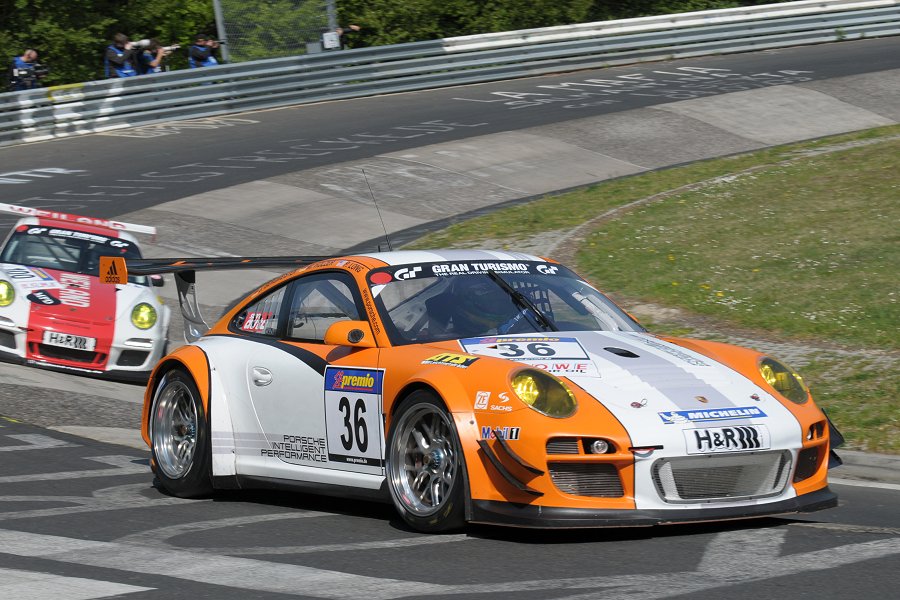
The Aston Martin Test Centre nearby uses VLN races to perfect its products.
By the end of the race 63 cars had retired leaving 140 finishers. The always competitive Manthey Porsche followed the victorious Mercédès (driven by Chris Mamerow and Armin Hahne) home; then came one of the “works” BMWs, another Mercedes, the second factory BMW and in sixth place the first of the Audi R8s.
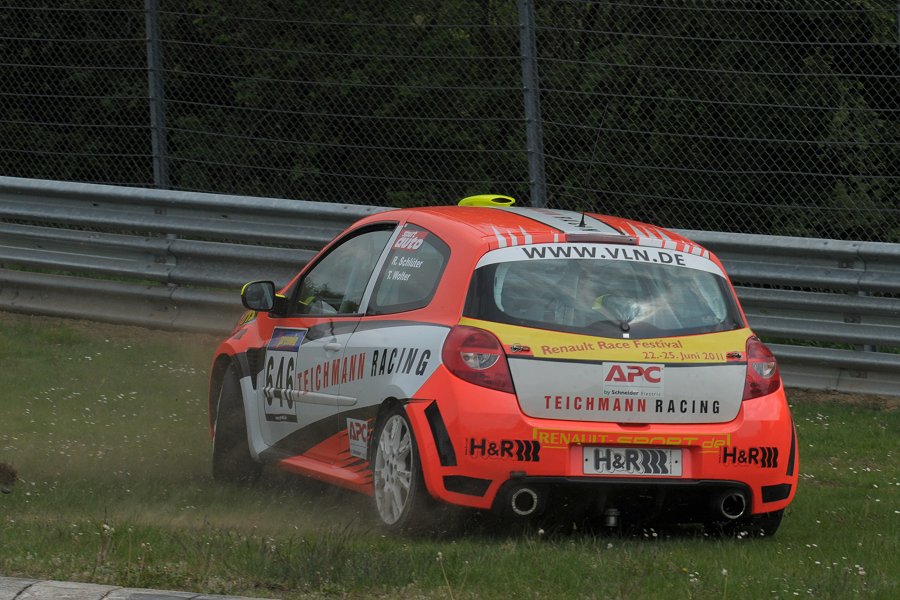
© 2011 Words and images by David Blumlein

